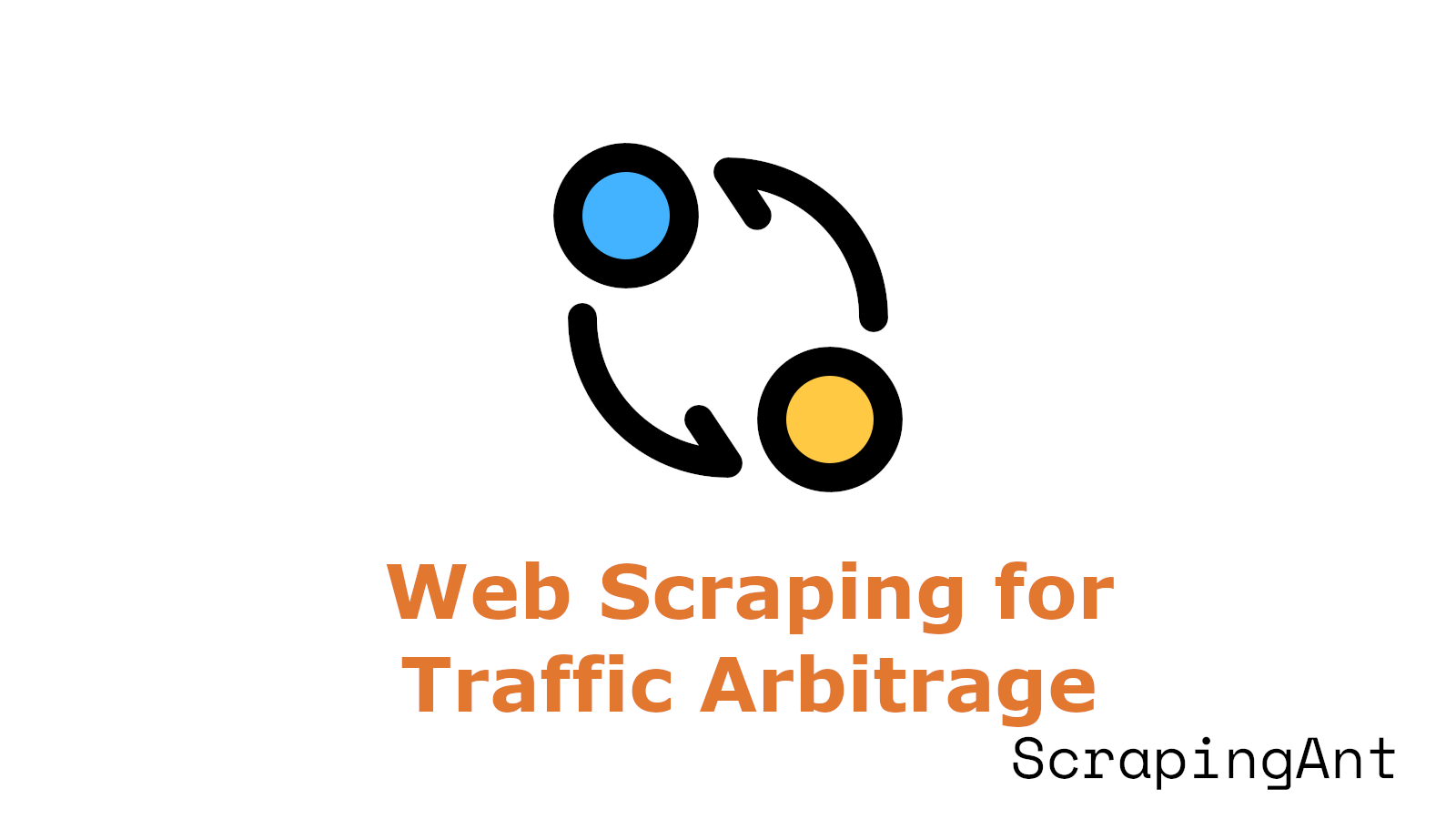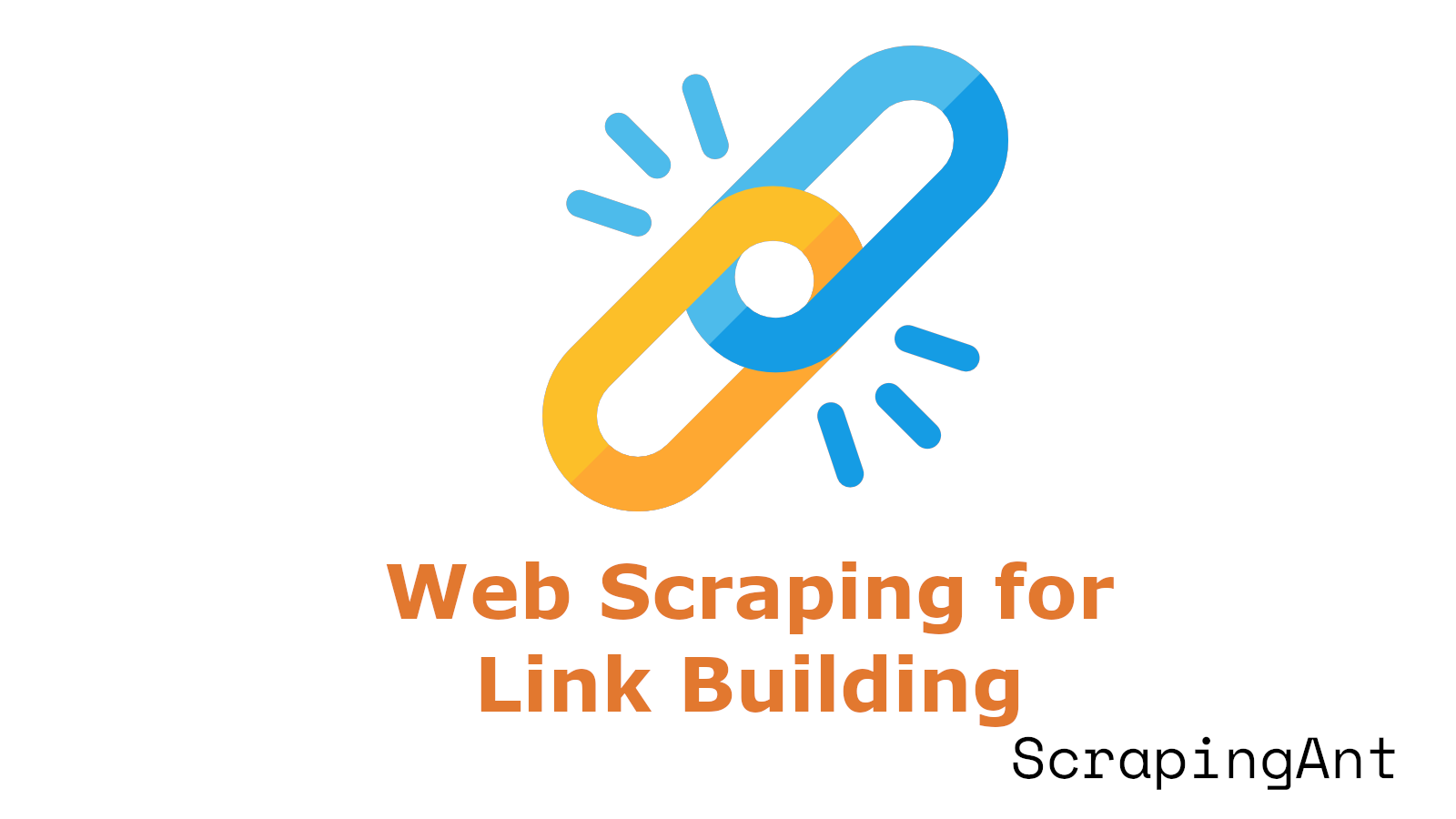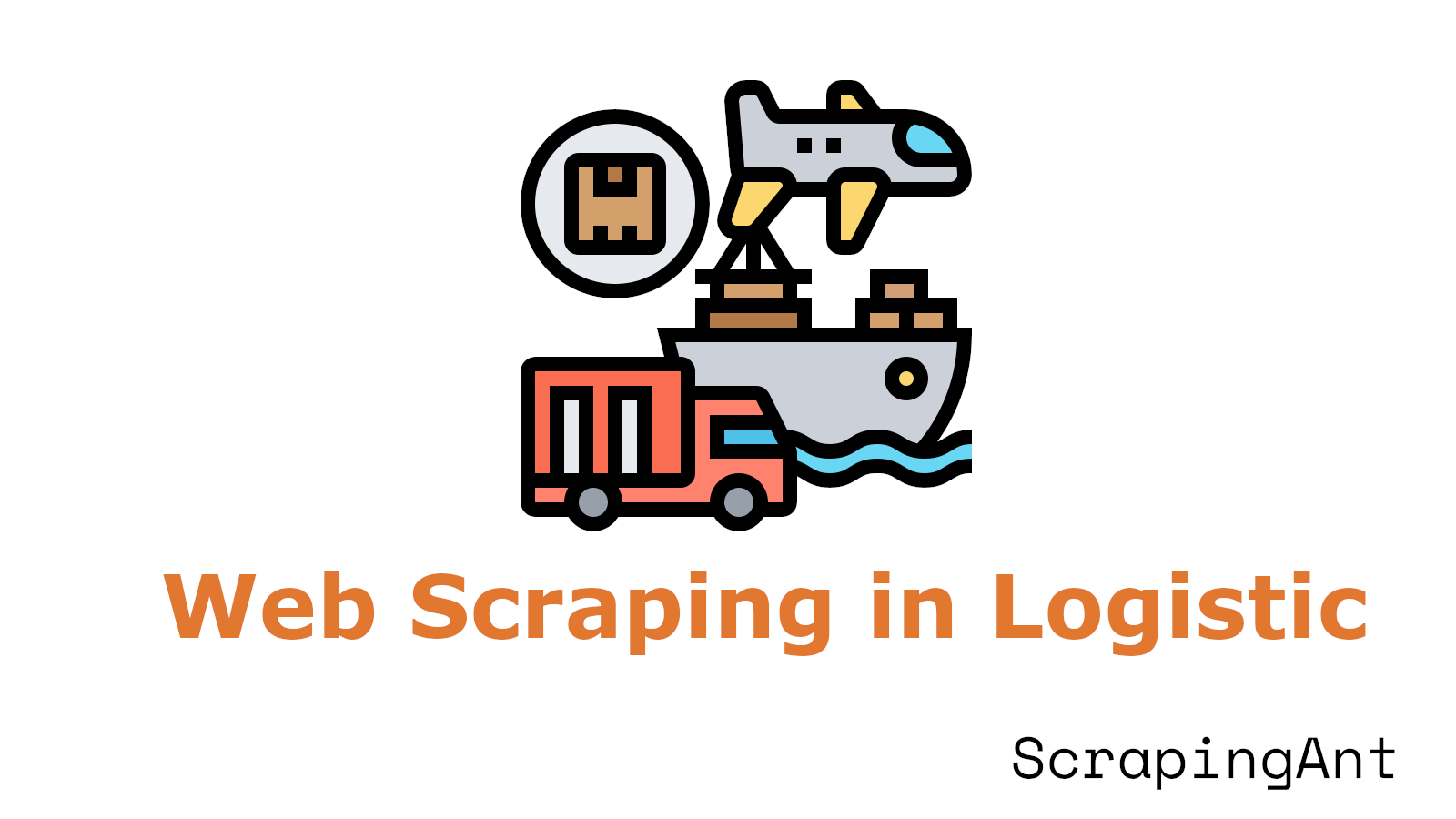
The car rental industry is increasingly turning to innovative technologies to maintain a competitive edge. One such technology is web scraping, a powerful tool that enables companies to extract valuable data from the web, providing insights that drive strategic decision-making and operational efficiency.
By leveraging web scraping, car rental companies can dynamically adjust pricing models, optimize fleet management, and analyze market trends to better meet customer demands. This approach not only enhances customer satisfaction but also ensures that companies remain agile in a competitive market.
For instance, industry leaders like Sixt, Hertz, and National utilize web scraping to stay updated on fluctuating prices, offering customers the best available rates. However, the implementation of web scraping is not without its challenges. Companies must navigate complex website structures, ensure data privacy, and comply with legal regulations to effectively harness the benefits of this technology.
This comprehensive analysis explores how web scraping is transforming the car rental industry, highlighting both its advantages and the considerations necessary for its successful application.








